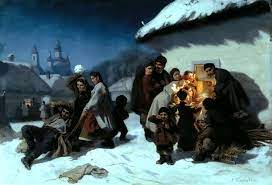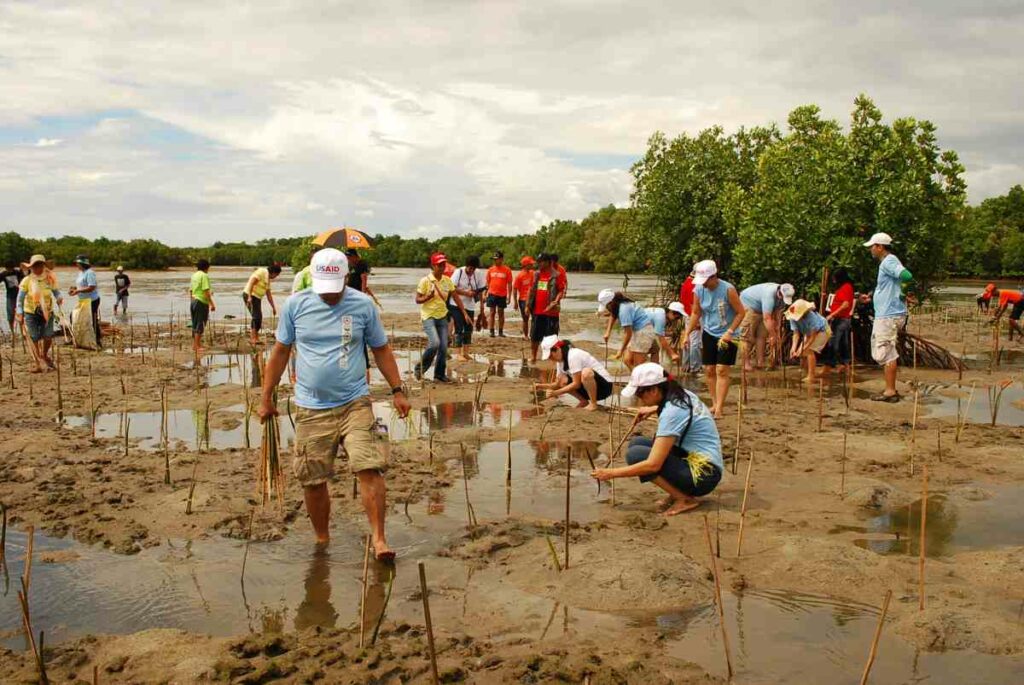In the heart of Slavic communities is a culinary treasure known as Kapustapusto. This delightful dish has become a winter staple
A Slavic winter dish blending cabbage, potatoes, and spices, symbolizing communal traditions and cultural unity. Adapted regionally, it remains a versatile staple with deep cultural significance.
In this article, we will explore the origins, ingredients, preparation, and communal significance of Kapustapusto.
The Evolution of Kapustapusto – A Culinary Journey Through Slavic Traditions is Here To Know!
Kapustapusto has a rich history, dating back to the traditions of Slavic communities. The name hints at its primary ingredients—ka pusta (cabbage) and pusto (lean or fasting period).

Historically, this dish was often prepared during fasting periods when meat consumption was restricted. Over time, it evolved into a versatile and beloved winter dish that Slavic families across different regions enjoyed.
It is traditionally made with cabbage, potatoes, onions, and garlic and is often served with sour cream or dill sauce. It is a popular dish in Slavic countries and is often served during special occasions.
Unveiling the Key Components of Kapustapusto in Traditional Slavic Cuisine – Explore It Out!
The critical components of Kapustapusto reflect the simplicity and resourcefulness inherent in traditional Slavic cuisine. Cabbage takes center stage, providing a hearty and nutritious base.
Other common ingredients include potatoes, carrots, onions, and garlic. Spices like caraway seeds and bay leaves add depth to the flavor profile.
Creating a comforting and satisfying dish. Ka pusta pusto is traditionally served with potato dumplings and sour cream. It is also sometimes cooked with meat or pork fat, making it a hearty and comforting meal.
The Art of Kapustapusto Preparation Across Slavic Kitchens – Let’s Learn!
The preparation of Kapustapusto is a culinary art that varies from family to family, allowing for a personal touch in each household.
Typically, the process begins with sautéing onions and garlic until fragrant, filling the kitchen with an enticing aroma. The cabbage is then shredded and added to the pot, followed by potatoes and carrots.
The flavors meld as the ingredients simmer together, creating a harmonious blend more incredible than the sum of its parts.
The slow-cooking method is often employed, allowing the natural sweetness of the vegetables to develop and infuse the dish with a rich taste.
Caraway seeds and bay leaves are added to enhance the depth of flavor, turning a simple combination of ingredients into a culinary masterpiece.
More Than a Meal, a Winter Tradition of Togetherness in Slavic Communities – Check It Out!
Beyond its delectable taste, Kapustapusto holds a special place in the hearts of Slavic communities due to its role in fostering a sense of togetherness.

Traditionally prepared in large batches, the dish is shared among family and friends during winter gatherings.
Preparing and enjoying Kapustapusto becomes a communal experience, reinforcing bonds and creating lasting memories.
The dish is often served with sour cream or dill sauce. It can also be served with potato dumplings or noodles.
During the winter months, when the cold weather draws people indoors, the warmth of a shared meal becomes a source of comfort and joy.
Making Kapustapusto often involves multiple generations, with elders passing down cherished family recipes and the art of preparing this beloved dish.
Adaptations and Regional Variations – Gain Your Knowledge!
While Kapustapusto has roots in traditional Slavic cuisine, different regions and communities have put their spin on it. Some may add local vegetables or herbs to reflect the agricultural abundance of their surroundings.

In some variations, meat might be included, deviating from the dish’s historical association with fasting periods.
The dish is usually served with bread or rice. Various side dishes, such as salads or pickles, often accompany it.
Many variations include spices such as garlic or paprika to give it a unique flavor. The dish is usually served with sour cream or fresh cheese.
Conclusion:
So, at the end of the article, we will explain to you that,
A Slavic winter dish unites cabbage, potatoes, and spices, symbolizing shared traditions and cultural richness. Adapting regionally, it remains a versatile, culturally significant staple.
As Slavic communities pass down the art of making Kapustapusto, it remains a cultural touchstone, uniting people in the joy of a winter staple transcending time and borders.
FAQs:
1. What is Kapustapusto?
Kapustapusto is a Slavic winter dish, a flavorful combination of cabbage, potatoes, and spices with deep cultural roots.
2. Why is it called Kapustapusto?
The name hints at its main ingredients—ka pusta (cabbage) and pesto (lean or fasting period) historically associated with its preparation.
3. How has Kapustapusto evolved?
Initially linked to fasting periods, Kapustapusto has evolved into a beloved winter dish, adapting to regional variations across Slavic communities.
4. What are the critical components of Kapustapusto?
The dish features cabbage, potatoes, carrots, onions, and garlic, with caraway seeds and bay leaves adding depth to create a comforting flavor profile.
5. How is Kapustapusto prepared?
The preparation is a culinary art that varies, typically involving sautéing onions and garlic, shredding cabbage, and slow-cooking to develop rich flavors.
6. What role does Kapustapusto play in Slavic communities?
Beyond its taste, Kapustapusto fosters a sense of togetherness, often prepared in large batches and shared during winter gatherings, reinforcing cultural bonds and creating lasting memories.












+ There are no comments
Add yours